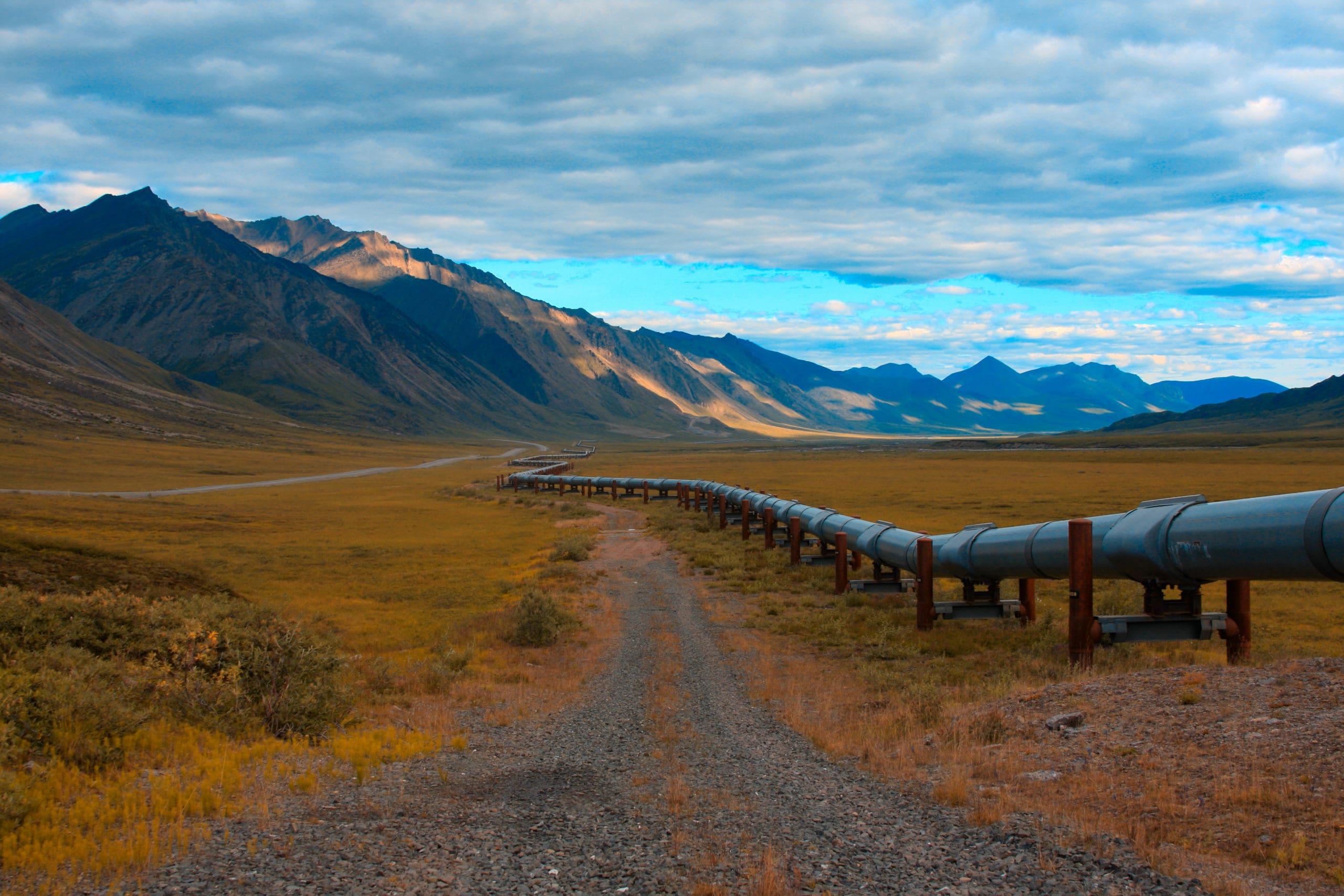
Natural gas is an important resource in the United States, and with good reason. It burns cleaner than coal, producing lower levels of carbon monoxide, carbon dioxide, and nitrous oxide. It also reduces impact on the environment and helps to boost the economy. But laying a gas pipeline is rarely a simple project.
Besides unavoidable circumstances like weather, such ventures must take several interest groups into account, such as environmentalists or impacted landowners. This means their construction completion and service dates are difficult to accurately predict.
Below, we have provided updates on three major gas pipelines in North America:
#1: Mountaineer Xpress Project (MXP)
With authorization being granted by the FERC (Federal Energy Regulatory Commission) in March last year, the Mountaineer Xpress (MXP) project became the latest U.S. natural gas pipeline project to be placed in service by TC Energy (formerly TransCanada). The 170-mile pipeline has been engineered to provide 2.7 billion cubic feet per day of clean, affordable, domestically produced natural gas.
Traversing through some of the most difficult geographical terrains and extreme weather (wet springs, fall hurricanes, and early cold snaps with severe snowstorms), TC Energy’s onsite team totaled 15 million hours and 42 million miles within a 55-week time period to bring the project to completion.
“Completing a project like MXP is no small feat,” said Richard Prior, Vice President of U.S. Natural Gas Projects in an interview with TC Energy. Throughout the project, their teams faced many challenges. These included regulatory delays, unexpected weather issues, and complex engineering conditions. However, he asserts, “the team always found a way to persevere and keep advancing the project forward.”
The MXP project, per projections, should create an economic benefit of over $2 billion. It has therefore enjoyed significant support at federal, state, and local levels for its tax revenue potential.
#2: Keystone XL Pipeline Project
The Keystone XL project is a 1,210-mile pipeline capable of delivering 830,000 barrels per day of crude oil. It will travel from Alberta to Nebraska, where it will connect with existing facilities to reach Gulf Coast refiners. It was devised as a reliable and environmentally-friendly way to deliver crude oil to oil and gas markets in the U.S. while reinforcing continental energy security.
Expected to enter service in 2023, proponents anticipate Keystone XL could become a leading player in North American energy infrastructure. It involves approximately $8 billion investment into the North American economy. This should create thousands of jobs. Also, with increasing engagements with landowners, community members, and indigenous communities, the project would offer a safer and less-GHG intensive method of transporting crude oil to market.
But the journey to date has been far from smooth.
The Canadian national energy board approved the project in 2010, but the U.S. suspended it in 2015. In the face of strong resistance from Native Americans, farmers, and environmentalists, President Barack Obama denied the required presidential permits. When President Donald Trump entered the White House, however, he issued the permits. They include a stipulation to only use American steel in the pipeline construction.
Work began earlier this year in Montana, but the project again faced uncertainty after a judge revoked a key permit issued by the U.S. army corps of engineers in April, citing possible impacts on endangered species. They suspended all filling and dredging activities until the completion of formal consultations in compliance with the Endangered Species Act.
The outbreak of the Coronavirus pandemic has further complicated matters. However, the Canadian company has issued statements saying they “remain committed to building this important energy infrastructure project.”
#3: Atlantic Coast Pipeline (ACP)
Citing overdrawn capacities of public utilities in Virginia and North Carolina that are failing to meet consumer demand, the construction of an Atlantic Coast Pipeline (ACP) is in motion. The project was undertaken by a partnership of energy companies (led by Dominion Energy and Duke Energy) to deliver new supplies of natural gas in the region.
The 600-mile, underground Atlantic Coast Pipeline will start in West Virginia. It will travel through Virginia with a lateral extending to Chesapeake, VA. Then it will continue south into eastern North Carolina, ending in Robeson County.
After analyzing over 6,000 miles of potential routes, the energy companies carefully chose the 600-mile stretch to have the smallest impact on surrounding land, landowners, and the environment. In fact, they made 300 additional route adjustments to resolve possible counter-opinions about mapping before they could snowball into protests and legal wranglings.
A legal issue, however, that the Atlantic Coast Pipeline is facing is that its pipeline crosses below the Appalachian Trail. If the Supreme Court rules the crossing is U.S. Forest Service land, the project is likely to sail through with minimal interruption. The Forest Service already granted a permit for pipeline construction. But if the justices decide the National Park Service is in charge, the pipeline crossing would need congressional approval. This could add unforeseen delays.
“We’re making good progress and expect to have a decision from the Supreme Court of the United States by the end of June,” says Samantha Norris, senior communications specialist for Dominion Energy. “A favorable decision will help ACP resume construction this summer” she continues. We can then expect them to complete the pipeline by the end of 2021 and put it in service in early 2022.
* Sources: TC Energy, Atlantic Coast Pipeline



